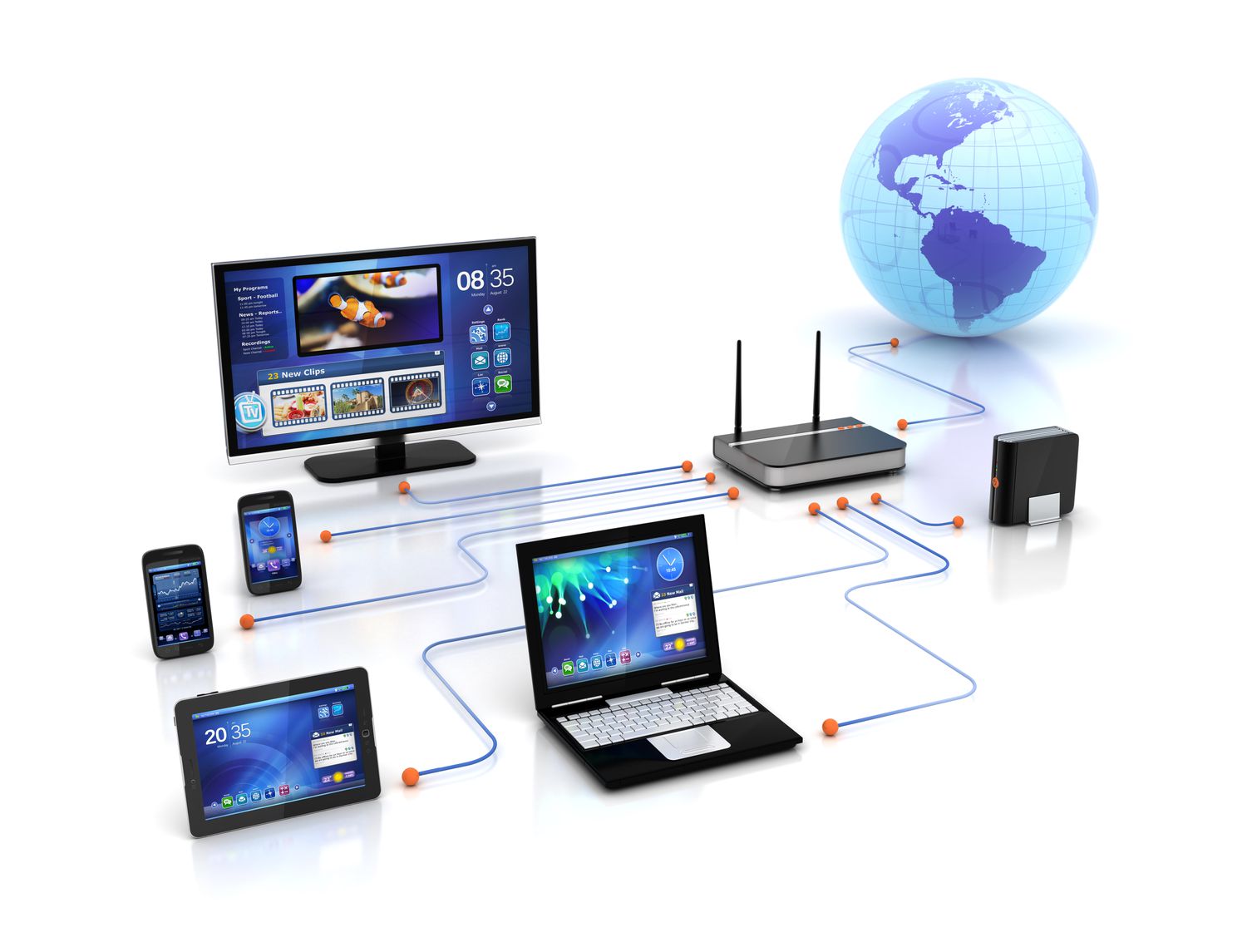
Computer Networking
Computer networking is the practice of connecting computers and other devices to share resources, exchange data, and communicate. It forms the backbone of modern communications, whether in homes, businesses, or larger enterprise environments. Networking involves various hardware components, protocols, and technologies to ensure efficient data transfer.
Key Concepts in Computer Networking:
Network Types:
- Local Area Network (LAN): A network covering a small geographic area, such as a home, office, or building. LANs are commonly used for connecting devices like computers, printers, and servers.
- Wide Area Network (WAN): A network that covers a large geographic area. The Internet is the most well-known example of a WAN, connecting computers worldwide.
- Metropolitan Area Network (MAN): A network that spans a city or campus, larger than a LAN but smaller than a WAN.
- Personal Area Network (PAN): A small network for personal devices, such as connecting a smartphone, tablet, or Bluetooth device to a laptop.
Networking Hardware:
- Router: A device that forwards data packets between different networks, enabling communication between your home network and the internet.
- Switch: A device that connects multiple devices on a LAN and uses MAC addresses to forward data to the correct device.
- Modem: A device that connects your home to your Internet Service Provider (ISP), translating digital signals into a form that can be sent over telephone or cable lines.
- Access Point (AP): A device that allows wireless devices to connect to a wired network, commonly used in Wi-Fi networks.
- Firewall: A security device that monitors and filters incoming and outgoing network traffic to protect the network from unauthorized access.
- Network Interface Card (NIC): A hardware component that allows a computer to connect to a network, either wired (Ethernet) or wireless.
Wired vs. Wireless Networks:
- Wired Networks: Use Ethernet cables to connect devices. They tend to offer higher speed, lower latency, and better reliability than wireless networks but require physical cabling.
- Wireless Networks (Wi-Fi): Use radio waves to connect devices without cables. Wi-Fi is convenient and widely used but may have lower speeds and more interference compared to wired networks.
Networking Protocols:
- Transmission Control Protocol/Internet Protocol (TCP/IP): The foundation of the internet, this suite of protocols governs how data is transmitted over networks.
- Hypertext Transfer Protocol (HTTP/HTTPS): The protocol used for transferring web pages over the internet. HTTPS is the secure version of HTTP, encrypting data for protection.
- File Transfer Protocol (FTP): A protocol used for transferring files between systems over a network.
- Simple Mail Transfer Protocol (SMTP): Used to send emails.
